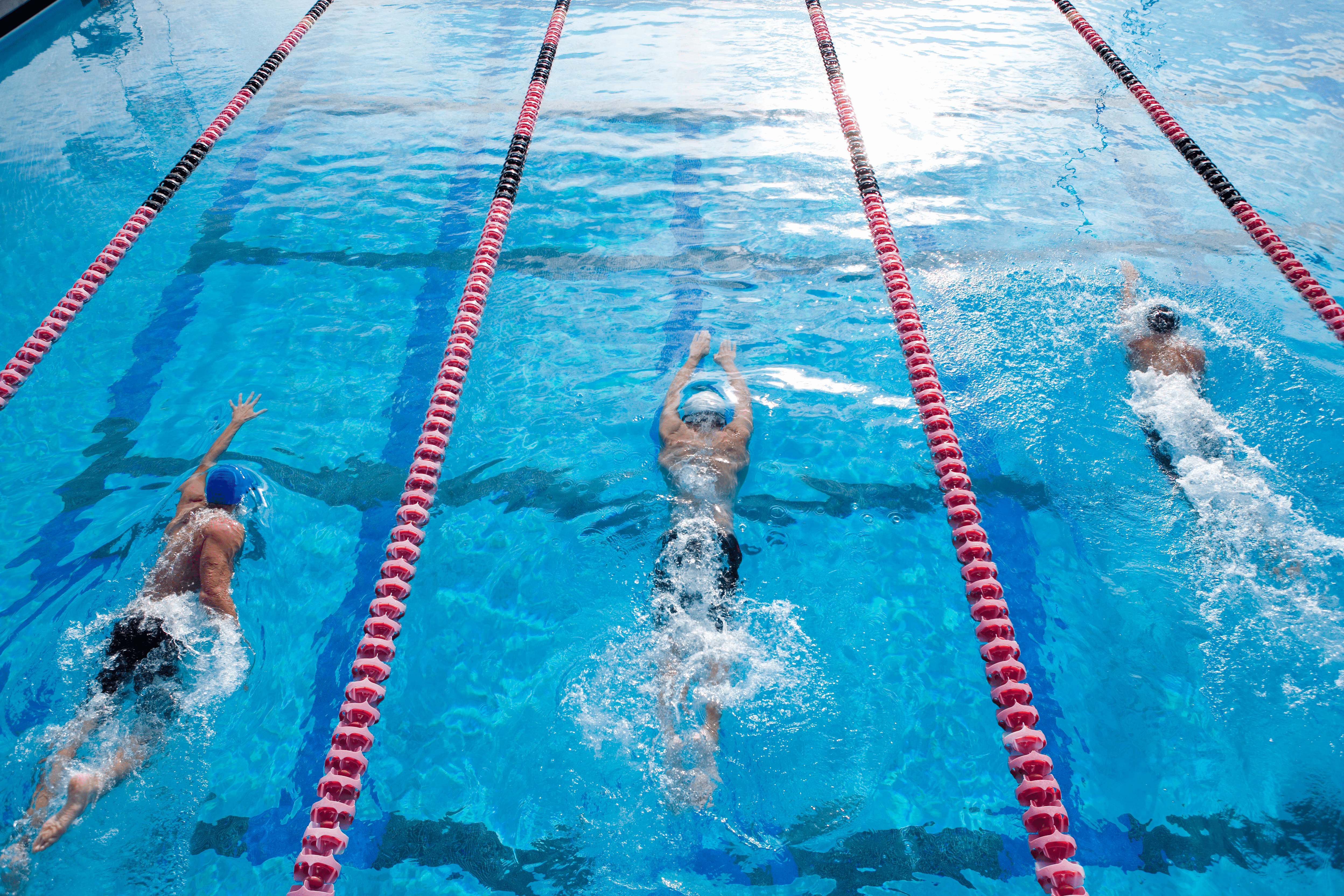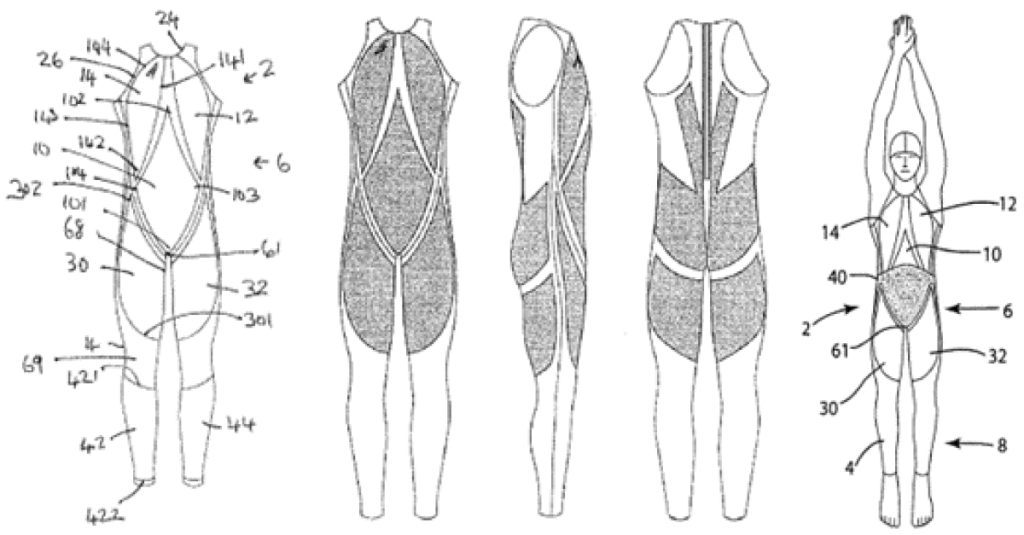
Swimming has a rich history in the modern Olympics and, much like other sports, the level of performance has improved drastically since the inaugural games. In the Bay of Zea, Greece, in 1896, the winning time for the men’s 100m freestyle was 1 minute, 22.2 seconds. This is a stark contrast to the winning time three years ago in Tokyo, which was an eye-watering 47.02 seconds. This raises the question – how have we been able to cut the winning time by almost half in just over 100 years?
There are many factors, from the professionalism of modern athletes to the specially engineered temperature-controlled pools, that have led to this improvement, but possibly none more so than the equipment swimmers now wear to compete. Modern day swimsuits, goggles and caps are carefully designed to maximise speed and efficiency, leading to world record-breaking times. Racing swimsuits in particular have come a long way from their woollen and silk counterparts of the early 20th century.
The development of the newest generation of swimsuits has been led by Speedo® – a household name in the world of casual swimwear and a giant when it comes to elite performance. They led a revolution in swimwear at the turn of the 21st century, when they debuted their “Fastskin” suit. It was instantly clear that this suit was a winner, with 83% of medal winners at the Sydney 2000 Olympics wearing a Speedo Fastskin suit. Speedo continued to develop their suits further and produced the iconic Fastskin LZR Racer. Manufactured with innovative materials and designed to compress the body, drag through the water was dramatically reduced. This was unlike anything the swimming world had seen before and contributed to the breaking of 23 distinct world records at the 2008 Summer Olympics. Following the breaking of many more records at the 2009 swimming World Championships, the sport’s governing body FINA intervened and decided to implement stricter provisions on swimsuits, including banning full body suits for men.
Speedo has been at the forefront of swimming technology for years, but in order to cement its position as a market leader it has needed a comprehensive IP strategy. It is clear that it values its IP, boasting a portfolio which includes around 75 patent and registered design families, in addition to several registered trade marks. Diving deeper into Speedo’s IP strategy, we can see a range of IP protection filed for, and a clear pattern in filing timing emerges.
Speedo make use of multiple types of IP protection, one of which is registered designs. By filing registered design applications, Speedo can protect the appearance, shape and/or decoration of their products. In the case of swimwear, the appearance of the garment is an important aspect of the overall product, and therefore, registered designs are an appropriate and effective way to gain protection for their IP. Registered designs also have the benefit of granting much faster than patents, especially in the UK and Europe, providing owners with enforceable rights from an early stage.
Alongside registered designs, patents also form a crucial part of Speedo’s IP strategy to protect its technical innovation. For example, Speedo filed two US patents US2008/0141430 and US2008/0141431 on 16 August 2007. Below are some images from these two publications (I never knew a swimsuit could demand so many reference numerals!).

Whilst it is sometimes difficult to know for certain which patents protect certain commercial products, these figures bear a striking resemblance to the Fastskin LZR Racer. Given the timing of the filing, it is likely that these applications were filed with the LZR racer in mind. It is also interesting to note Speedo’s design USD579629S filed in February 2008, which perhaps indicates Speedo’s recognition of the product’s significance given the various IP rights filed in this case to provide multiple layers of protection around the suit.

Both of the patent applications were published in the US on 19 June 2008, a month and a half before the Olympic Games started in Beijing. Whilst this may be a coincidence, it indicates that a more in-depth strategy may be at play. Below is a graph which shows Speedo’s patent and design filings over the last 20 years.

It is clear that the number of Speedo’s applications filed over time are not constant over the years – the trend is cyclical, peaking every four years or so. A fascinating aspect is that Speedo’s filings in the lead up to the Olympic Games seem to peak dramatically. This may indicate that Speedo hold back their innovation until the last moment, only disclosing it when it is too late for competitors to react, which could give them the edge on the world stage.
Speedo has been at the forefront of swimming technology for years, with athletes who have worn their swimwear achieving countless gold medals and breaking many world records. They reinforce their grip on the elite swimwear market through a well-considered IP strategy, consisting of carefully timed patent and design applications. There is no doubt that we will continue to see athletes wearing Speedo swimwear in Paris and long beyond 2024.

